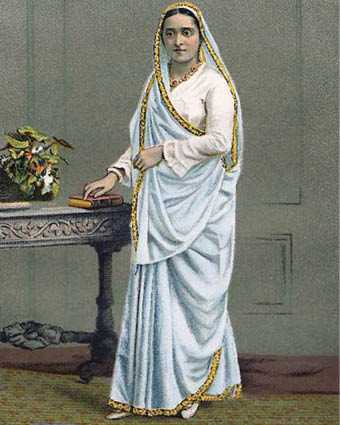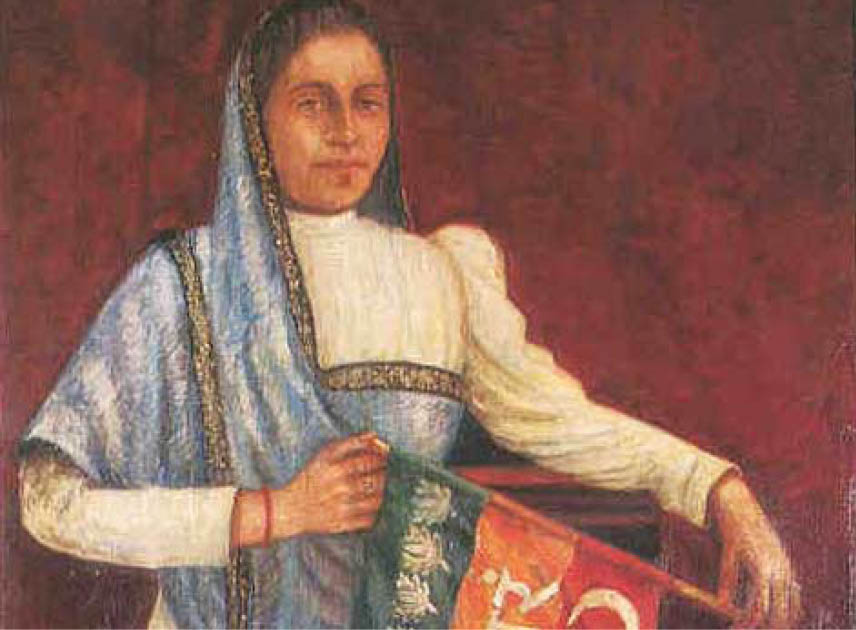 The Karnataka High Court has recently ordered that girl students should not wear hijab, saffron shawls or use religious flags while attending classes in Karnataka colleges which have a prescribed uniform, till the Court decides the case relating to ban on hijab in certain government colleges. An interim order was passed by the Bench comprising Chief Justice Ritu Raj Awasthi, Justices Krishna S Dixit and J M Khazi, in response to various petitions filed by Muslim girl students in the State, claiming that they were not being allowed to enter colleges on account of the government order which effectively bans the wearing of hijab or headscarves.
The Karnataka High Court has recently ordered that girl students should not wear hijab, saffron shawls or use religious flags while attending classes in Karnataka colleges which have a prescribed uniform, till the Court decides the case relating to ban on hijab in certain government colleges. An interim order was passed by the Bench comprising Chief Justice Ritu Raj Awasthi, Justices Krishna S Dixit and J M Khazi, in response to various petitions filed by Muslim girl students in the State, claiming that they were not being allowed to enter colleges on account of the government order which effectively bans the wearing of hijab or headscarves.
The term hijab describes the act of covering up a woman’s body, either partially or fully. However, it is often used to describe the headscarves worn by Muslim women. These scarves come in many styles and colours. The type most commonly worn covers the head and neck but leaves the face clear. Some women wear a headscarf to cover their head and neck, while others wear a burka or naqab, which also covers up their face. Even today in Iran, women wear a scarf but keep the face unveiled.
Not restricted to Islam: Headscarves are seen as a sign of modesty, a symbol of religious faith. While headscarves may be rooted in religious tradition, hijab is a personal and cultural concept. Wearing headscarves is not restricted to Islam alone. Covering the head predated Islam. Jewish, Christian and Hindu women have also covered their head at various times in history, across the globe. Covering the head has also been a longstanding custom among Zoroastrians – in ancient Iran and after their advent in India.
Mathabana – The Zoroastrian Headscarf: Wearing the Mathabana or white muslin headscarf is an essential part of Zoroastrian religious tradition. Until urbanization and western education took over, the Mathabana was a part of every Parsi lady’s daily attire. It did not matter whether the lady was rich or poor, urban or rural. The muslin headscarf was worn with pride.
Look at portraits of the philanthropic Jerbai or Motlibai Wadia. They can be seen wearing the mathabana. In all her portraits, Lady Meherbai Dorabji Tata is seen with her head covered by her saree. Covering the head was not just a mark of giving respect, but of respectability. Even today, wives of Parsi Zoroastrian priests wear head scarves daily, at home and when stepping out. Also, it is mandatory for every Zoroastrian (male or female) to cover his or head while praying (even if at home) or visiting a fire-temple or attending a funeral. Men usually wear a skull cap while women wear a head scarf.
Across Religious Traditions: There are certain rules to be followed when one visits a holy place. Various etiquettes must be observed, one of which is to cover our heads while worshiping. Hindu women cover their head in the temple as a mark of respect, gratitude, and humility towards the deity they worship. In the early years of Christianity, men and women were required to cover their heads while entering their place of worship. Later, it was only mandated for women. While this tradition of covering the head inside a Church has faded away with time, some still observe it, especially on ceremonial occasions. Sikhism also requires that both men and women should cover their heads when they enter the Gurudwara.
Our Zoroastrian Tradition: In the Zoroastrian tradition, hair is seen as naso or dead matter. Hence, all Zoroastrians are required to cover their heads, especially while praying or attending a religious ceremony. It is believed that hair that falls off renders the surrounding ritually impure.
As we know, even in good restaurants, chefs and kitchen staff keep their heads covered to prevent any hair from slipping into the food. Surgeons and nurses in hospitals and particularly the operation theatre, also cover their heads for the same reason – medical hygiene! Also, covering the head is a mark of respect – be it in the presence of an elder or the Holy Fire – displaying reverence.
In ancient rock reliefs of the Achaemenian, Parthian or Sasanian era, no king, queen, priest, soldier or commoner is seen bareheaded. This tradition was carried by the Parsis all the way from Iran to India. Rarely would you see an old portrait of a bareheaded Parsi lady or gentleman.
Thinking Cap: In mystic circles, it is believed that covering the head has several benefits. It aids focus and thinking and keeps the highest center of psychic energy (the crown chakra) protected. The common saying, “put on your thinking cap,” denotes an imaginary cap worn to facilitate thinking.
Wearing a headscarf is seen as a display of one’s religious identity. But, so what? If Muslim women wear hijab, Zoroastrian women wear the mathabana! At the end of the day, what a man or woman chooses to wear is a personal choice. One should wear what one feels proud and comfortable to wear.
Colour, style and manner of wearing the headgear may differ. But the principle and essence of wearing the scarf remains the same. It extends respect and earns respectability!
- Customs To Observe At Atash Behram Or Agyari - 13 April2024
- A Shower Of Spring Festivals - 6 April2024
- Significance Of Eggs, Bunny, Bread, And Fire During Easter! - 30 March2024
